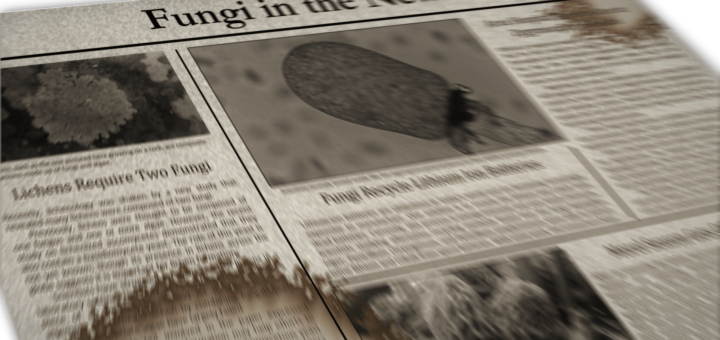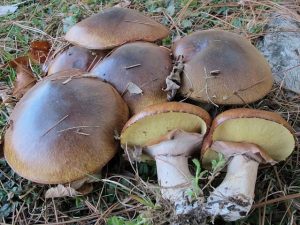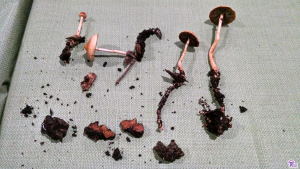#155: Microglossum viride, the Green Earth Tongue
This is probably one of the most difficult fungi to find in North America. It is not a common mushroom, but its occurrence may be underreported thanks to its small size and green colors. These traits mean that Microglossum viride is particularly adept at blending in with its mossy surroundings. However, its unmistakably green coloration means it is very easy to identify the “Green Earth Tongue” once you have found it.








![#011: Characteristics of Kingdom Fungi [Archived]](https://www.fungusfactfriday.com/wp-content/themes/hueman/assets/front/img/thumb-small-empty.png)


